I believe in two things. The power of reading, and the catharsis of writing. In my life thus far, these two universal truths have served to be invaluable beyond belief. And, while I do consider myself a decent writer, the truth is that I am an excellent reader. So, it is fair to say that I am somewhat biased when it comes to my observations on the subject of book- to- movie adaptations.
 “Based on the best- selling novel by…” This has become such a commonplace phrase in our day and age that it’s easy to overlook its significance. Lord of the Rings, James Bond, and no shortage of Disney movies are just the proverbial tip of the iceberg. It would be more than easy to just make a list of random movies that have been taken from print to the screen. Instead, I would like to pick a handful of noteworthy movies and dissect how they were done in juxtaposition to the original works. However, due to the fact that some of the authors are not with us today, I will rely on just how correlated and “true” to the works they are by citing specific examples. Though I started with a large list of “I love/ hate this movie because blah blah blah,” I chose to eliminate a lot of the wishy- washy ones that are without merit. One at a time, I intend to take different books/ series, and see how they hold up when translated across mediums into the elaborate world of film…
“Based on the best- selling novel by…” This has become such a commonplace phrase in our day and age that it’s easy to overlook its significance. Lord of the Rings, James Bond, and no shortage of Disney movies are just the proverbial tip of the iceberg. It would be more than easy to just make a list of random movies that have been taken from print to the screen. Instead, I would like to pick a handful of noteworthy movies and dissect how they were done in juxtaposition to the original works. However, due to the fact that some of the authors are not with us today, I will rely on just how correlated and “true” to the works they are by citing specific examples. Though I started with a large list of “I love/ hate this movie because blah blah blah,” I chose to eliminate a lot of the wishy- washy ones that are without merit. One at a time, I intend to take different books/ series, and see how they hold up when translated across mediums into the elaborate world of film…

Of all the pop- culture phenomenon of the last decade, few are as astonishing or noteworthy as Harry Potter. Both the books and the movies were incredibly well- received by audiences of all ages, though they catered particularly to children and young adults. On the surface, it’s easy to dismiss the Harry Potter stories as being just some time- killing fluff stories for children. The truth is, however, that J. K. Rowling is an exceptional writer who poured out her heart and soul to make a series that captivated persons of all demographics. What then of the movies? Are they able to capture the depth and creativity that were painstakingly penned out by Mrs. Rowling? While naggers and nay- sayers can be found in all directions, the facts must speak for themselves. Based on the evidence I’ve found, though the basis of the plot remains completely intact, there were several integral parts of the books that the fans felt were left out. Just a few of those examples are several important characters that were all but forgotten (Peeves the poltergeist, Professor Binns, Charlie Weasley, Merope Gaunt; there are several more but I think you get my point). Then, there were incidental story arcs that were overlooked in favor of continuity, such as Hermoine’s petition to free the house elves, a lot of Voldemort’s backstory, and magic without the use of wands are just a few things that somehow slip into the cracks of the renditions. However, these are minor oversights in the grand scheme of things, and is fairly understandable. One major thing worth noting is that Rowling was heavily involved in the making of the films, so while there are some deviations from the text, they were likely all met by her approval. So, this one passes the test!
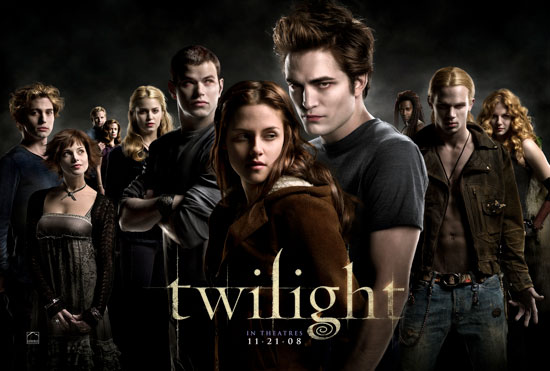
The next adaptation I chose was Twilight, the hullabaloo of which almost paralleled that of Harry Potter. While the books have retained a steady following, the adaptations have been called all kinds of horrible names that I don’t care to list here. But, let’s look at why this franchise is such a bittersweet one. First and foremost, there is a reason the books were so popular (especially among the young adult crowd), and that’s because they were well written for what they are—young love and escapism. One major discrepancy is that this seldom translates well into film. In the tales, the lead heroine Bella relentlessly obsesses over an idyllic bad boy anti- hero, Edward. While on text this seems to make some semblance of sense to the imagination, on screen it comes across as more of a parody. All that being said, however, the question is whether or not the film remains true to the source material; and the answer is a surprising “yes”. The truth is that, despite a few minor changes, there is nothing of note that seems to have changed. Yes, Bella and her father ate at the diner instead of at home and yes Edward never bounces an apple off his foot, but the major plot elements have remained intact. Not dissimilarity from Potter, author Stephenie Meyer spent a good deal of time on- set, and likely had a big say in the inner workings of the flicks. So, love it or leave it, Twilight has remained true as well.

My third choice was Peter Jackson’s renditions of J. R. R. Tolkien books. Initially, my plan was to focus on either The Lord of the Rings or The Hobbit. However, since the two stories are so intertwined, I believe it’s a better choice to lump them together. First up is The Lord of the Rings, the trilogy that rose to the top of the charts and created a whole new fan base for the works of Tolkien. In many ways, these three movies are largely considered by most purists to be great interpretations. In fact, the only major plot point that was overlooked (as far as I can find) is that a pertinent character is left out entirely: Tom Bombadil, an oddball songbird who aids the hobbits at a crucial point in their journey.
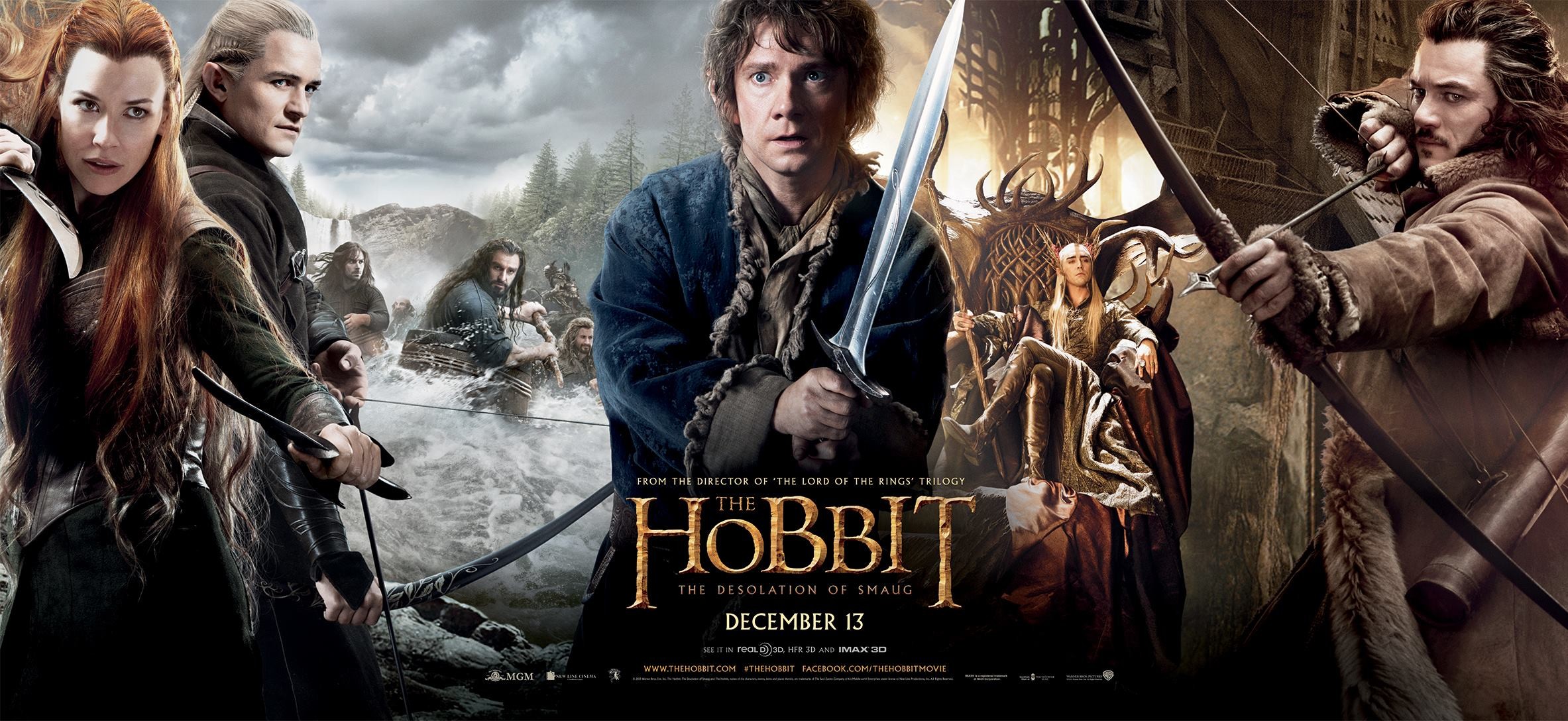
Next up is The Hobbit “trilogy.” Personal feelings aside, it is quite obvious that those in charge of these adaptations did not intend to tell the story as it was meant to be told. A few important pieces left out were as follows… Radagast the Brown, a wizard akin to Gandalf, is barely even mentioned in the books, yet plays a dire role on the big screen.
In addition, though there was some tension between the elves and the dwarves, the movies went to great lengths to exacerbate this hostility.
 There were far too many unnecessary cameos from characters who were not even mentioned, let a lone involved—such as Galadriel, Sauruman, and the antagonist from the Lord of the Rings, Sauron. Most important was all the extra fluff added in (likely to give enough running time to make the single book fit into a trilogy on film), such as the goblins chasing the dwarves and the return of the dark lord. These changes are considerably severe, and actually go so far as to undermine the original plot as laid out by Tolkien. In summation, if you’re a fan of the Rings books, the movies are definitely up to snuff and worth the watch. If, however, you are into The Hobbit, maybe consider taking a pass on this as it’s not a very truthful telling.
There were far too many unnecessary cameos from characters who were not even mentioned, let a lone involved—such as Galadriel, Sauruman, and the antagonist from the Lord of the Rings, Sauron. Most important was all the extra fluff added in (likely to give enough running time to make the single book fit into a trilogy on film), such as the goblins chasing the dwarves and the return of the dark lord. These changes are considerably severe, and actually go so far as to undermine the original plot as laid out by Tolkien. In summation, if you’re a fan of the Rings books, the movies are definitely up to snuff and worth the watch. If, however, you are into The Hobbit, maybe consider taking a pass on this as it’s not a very truthful telling.
 The last tale I chose to dissect was director Vitaly Sumin’s Shades of Day, which is his retelling of Fyodor Dostoevsky’s classic novella White Nights. In the story, the narrator seems to suffer from chronic loneliness. Things take a turn, however, for the better when he meets and falls madly in love with a woman. Unfortunately, this love remains unrequited as she is already in love with someone else with whom she reunites. There certainly are some changes in this film, including the fact that instead of centering around the lonely man, it is about the woman (Linda) whom the man is in love with. The next major change is that while the original story takes place in the 1800s in Russia, Shades of Day is set in modern- day Los Angeles. Naturally, this means that a lot of little details have to be adjusted to fit in with the contemporary schema. While these changes are significant, the truth is that it doesn’t—in any way—detract from the original. Although I cannot say for sure, I truly believe that if Dostoevsky were with us today, that he would be proud to consider this his legacy. So, if White Nights if your type of novella, look no further for a faithful adaptation!
The last tale I chose to dissect was director Vitaly Sumin’s Shades of Day, which is his retelling of Fyodor Dostoevsky’s classic novella White Nights. In the story, the narrator seems to suffer from chronic loneliness. Things take a turn, however, for the better when he meets and falls madly in love with a woman. Unfortunately, this love remains unrequited as she is already in love with someone else with whom she reunites. There certainly are some changes in this film, including the fact that instead of centering around the lonely man, it is about the woman (Linda) whom the man is in love with. The next major change is that while the original story takes place in the 1800s in Russia, Shades of Day is set in modern- day Los Angeles. Naturally, this means that a lot of little details have to be adjusted to fit in with the contemporary schema. While these changes are significant, the truth is that it doesn’t—in any way—detract from the original. Although I cannot say for sure, I truly believe that if Dostoevsky were with us today, that he would be proud to consider this his legacy. So, if White Nights if your type of novella, look no further for a faithful adaptation!
But how can we say definitively that any of these are “more” or “less” true to the original works? Of course, same or different, it doesn’t take away any of the magic that these tales bring in any format. And, it is true that beauty is in the eye of the beholder. So, whether your medium of choice is literature or cinema (or even if you dabble in video games), then curl up with a good story and let your mind wander.
“Go then, there are other worlds than these.” –Stephen King
Other noteworthy mentions include: Gone Girl, Girl with the Dragon Tattoo, Hunger Games, The Great Gatsby, and Eragon.
Be sure to visit us at home and sign up for our free newsletter at Dostoyevsky Reimagined: The Making of Notes from the New World. You’ll gain exclusive access to our members-only content and the incentives.
Follow us through our social media on Twitter, Facebook, Google+, Pinterest, Tumblr, and Instagram.


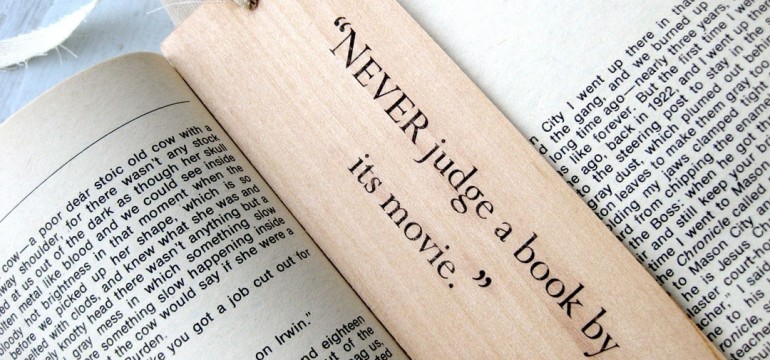
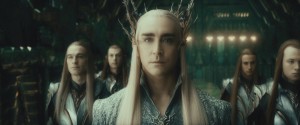
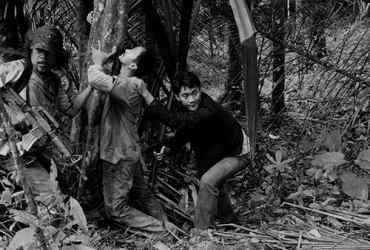
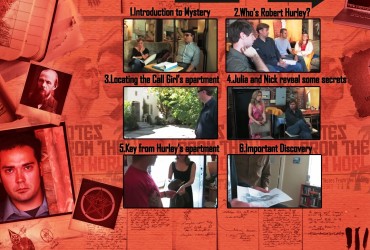
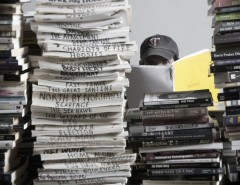
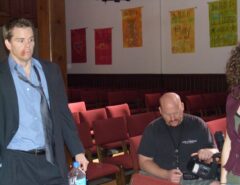
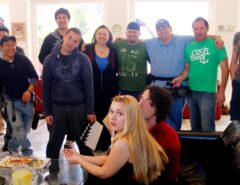
Leave a Reply